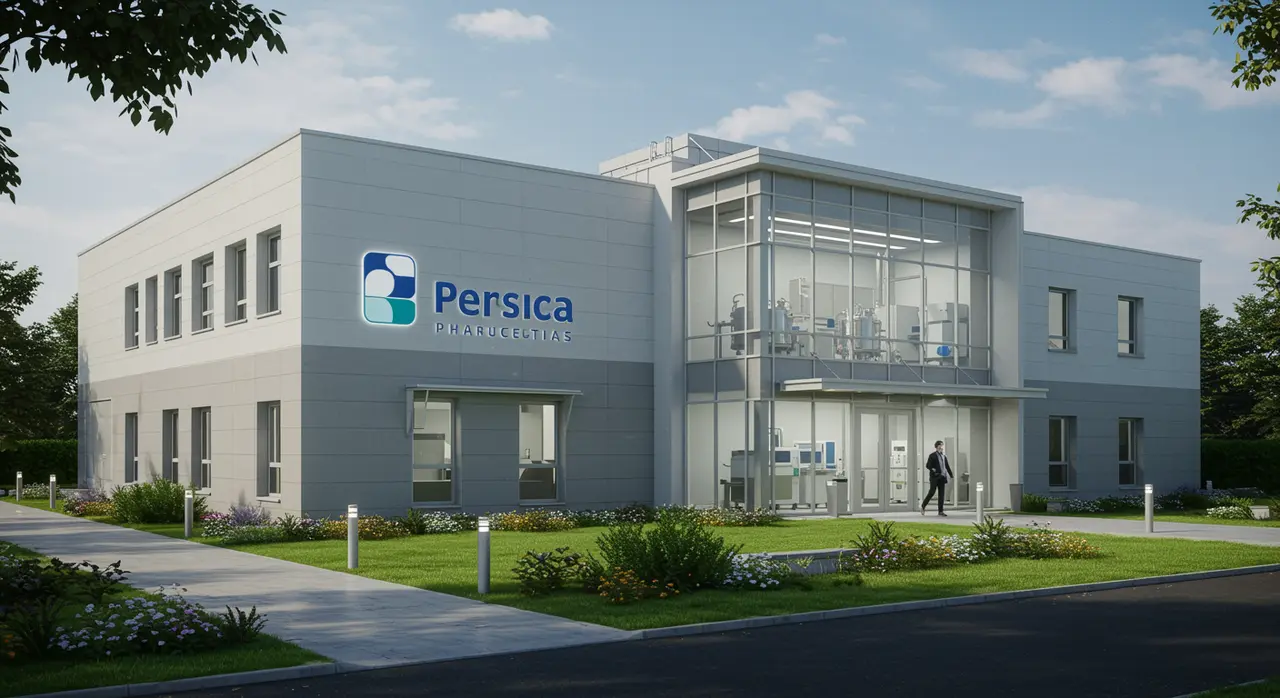Persica Pharmaceuticals PP353 Shows Promise in Treating Chronic Lower Back Pain Without Opioids
54 views
A groundbreaking development in the treatment of chronic lower back pain has emerged from the laboratories of Persica Pharmaceuticals, a UK-based biotech firm. Their experimental drug, PP353, has shown remarkable potential in early clinical trials, offering a glimmer of hope for the millions plagued by this debilitating condition. Chronic lower back pain, long regarded as a complex and often mysterious ailment, has now been linked to bacterial infections in spinal discs in roughly a quarter of cases. By targeting this root cause, PP353 may not only alleviate pain but also shift the landscape of treatment away from the reliance on opioids, a pressing concern in modern medicine.
A New Frontier in Chronic Pain Treatment
For decades, chronic lower back pain has been a puzzle for both patients and physicians, with its origins often shrouded in ambiguity. While some cases are attributed to structural issues or nerve damage, a significant subset—approximately 25%—stems from bacterial infections in the intervertebral discs. These infections, caused by anaerobic bacteria, trigger inflammation and tissue damage, leading to persistent pain and limited mobility. Until now, treatment options for such cases have been scarce, often relying on symptomatic relief through physical therapy, corticosteroid injections, or, in severe cases, invasive surgery.

Enter PP353, a novel drug that combines antibiotics, a contrast agent, and a thermosensitive gel. This innovative formulation not only delivers targeted antibiotics directly to the infected disc but also ensures sustained release of the medication over time. The contrast agent aids in precise imaging during the procedure, while the gel solidifies at body temperature, anchoring the treatment in place. Together, these components create a localized, controlled approach that addresses the infection without exposing the entire body to prolonged antibiotic use.
Early clinical trials have painted a promising picture. Among participants, 60% reported significant reductions in pain and disability, with the effects lasting up to 12 months post-treatment. These results are particularly striking given the chronic and often intractable nature of lower back pain. Equally important, no major side effects were observed, a crucial factor in the drug's potential to gain regulatory approval and widespread acceptance.
A Non-Opioid Path Forward
The implications of PP353 extend beyond the realm of chronic pain management. In the shadow of the opioid crisis, the medical community has been searching for effective alternatives to address pain without resorting to addictive substances. Opioids, while potent in their ability to dull pain, have left a trail of dependency and devastation, with millions of lives affected by misuse and overdose. PP353 offers a much-needed departure from this cycle, targeting the underlying cause of pain rather than merely masking its symptoms.
If further trials confirm its efficacy and safety, PP353 could become a game-changer for patients and healthcare systems alike. Chronic lower back pain is not only a leading cause of disability worldwide but also a significant economic burden, contributing to lost productivity and soaring healthcare costs. By addressing bacterial infections in spinal discs, PP353 has the potential to reduce the need for long-term disability claims and costly interventions, offering relief not just to individuals but also to strained healthcare budgets.
The Road Ahead
Despite the excitement surrounding PP353, it is still early days for the drug. Larger, more rigorous studies are needed to confirm its effectiveness and safety across diverse populations. Regulatory hurdles must also be cleared before the treatment can be made widely available. Yet, experts are optimistic. The early trial results, coupled with the drug's innovative design, suggest that PP353 could fill a critical gap in the treatment of chronic lower back pain.
The broader implications of this development are also worth considering. By shining a spotlight on the role of bacterial infections in chronic pain, PP353 could inspire further research into other conditions where infection might play an underappreciated role. This paradigm shift could lead to new treatments and a deeper understanding of the interplay between infection, inflammation, and chronic pain.
A Glimmer of Hope
For patients who have long struggled with the relentless grip of chronic lower back pain, PP353 represents more than just a potential treatment—it offers hope. Hope for a future where pain no longer dictates the terms of their lives, where mobility and independence are restored, and where the specter of opioid dependency is no longer a looming threat.
As Persica Pharmaceuticals continues its work, the medical community and patients alike will be watching closely. Should PP353 live up to its promise, it could mark the beginning of a new chapter in pain management, one that prioritizes targeted, effective, and sustainable solutions over quick fixes. In the meantime, the early results serve as a reminder of the power of innovation and the enduring human quest to alleviate suffering.